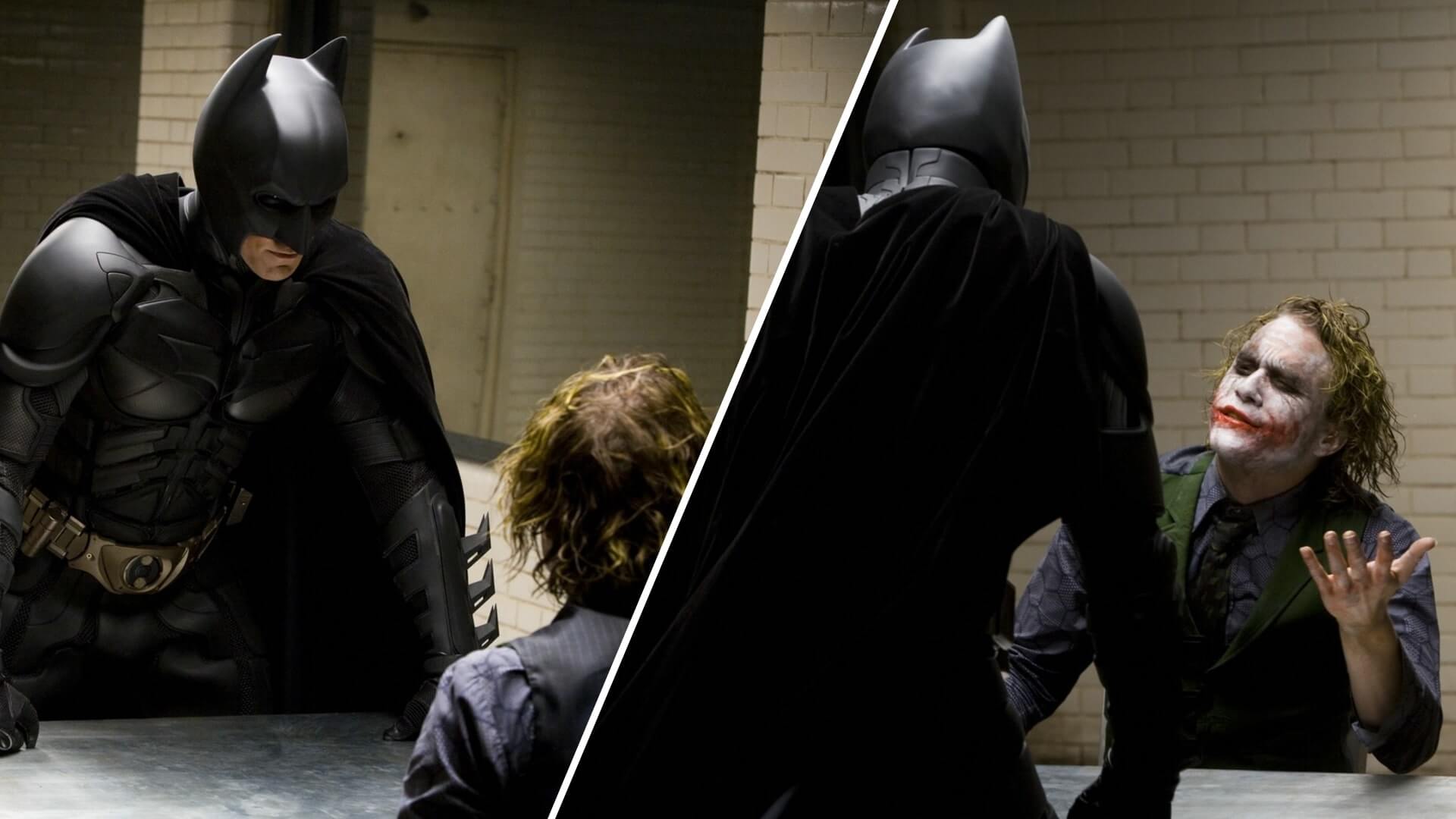The reverse angle shot can be found in nearly every movie you have ever seen. Its popularity among even the most stylish cinematographers and filmmakers it’s based on its function rather than aesthetic. So what makes the reverse angle shot so functional? What is it most commonly used for? In this article, we’ll take a deep look into the reverse angle shot and how its used in most films you’ve seen.
Reverse angle shot definition
First, the reverse angle shot definition
The reverse angle shot is a very specific type of shot that can be applied to different types of scenes. Before we dive into the different ways it can be used, we must first look at the reverse angle shot definition.
REVERSE ANGLE SHOT DEFINITION
What is a reverse angle shot?
A reverse angle shot is a shot taken roughly 180 degrees opposite of the shot prior. Reverse angle shots are most commonly seen in dialogue scenes and are essential for shot-reverse shot sequences. Reverse angle shots give audiences different perspectives of the same scene. They are also beneficial for filmmakers and editors because it gives them the opportunity to cut to a reverse angle for a better performance, key split information, or for pacing.
What is a reverse angle shot used for?
- Reaction shots
- Dialogue scenes
- Fresh perspective
Reverse shot film
Dialogue scenes
Reverse angles are most commonly found in dialogue scenes. Cinematographers commonly use reverse angle shots for a technique called shot-reverse shot.
For example, in a dialogue between two characters, a cinematographer may shot list a master shot, a close up shot of the protagonist, and a reverse angle of the other character.
Here are some reverse angle shot examples from Fargo.

Reverse angle shots from Fargo
Typically, reverse angles in dialogue are over the shoulder shots. Check out our video analysis of a dialogue scene from the show Westworld. You’ll be able to see how reverse angle shots are commonly used in dialogue scenes.
The OTS Shot • Subscribe on YouTube
Reverse shots are important for filmmakers because they allow them to cut to each character that is speaking. However, reverse angles do not always have to be used for dialogue. Sometimes they are used to show a character’s reaction.
Related Posts
Shot reverse shot editing
Reaction shots
Reaction shots are an important aspect of editing. They allow the editor to suggest information or emotion to the audience without on-the-nose dialogue. These shots are great for capturing important reaction shots.
Sometimes, multiple reverse angles are used to capture the reactions of multiple characters. These shots are absolutely essential to executing shot reverse shots. Take a look at our video breakdown below to see how a reverse shot is critical to capturing reaction shots that make a scene.
How to Shoot Reaction Shots with the Reverse Shot • Subscribe on YouTube
Reaction shots can say a lot with minimal to no words at all. Getting coverage of every character in a dialogue scene by using a reverse shot gives editors more freedom and choices to cut to.
Shot reverse shot editing
Action sequences
Of course, not all movies depend on dialogue or emotional performance. Some films rely on highly entertaining and energetic action sequences. These too benefit from these shots.
Actors, filmmakers, stunt teams, and choreographers spend incredible amounts of time and effort creating epic fight sequences. It’s important to capture these sequences from various angles. The reverse angle shot allows the audience to have a fresh perspective on the same action.
Just take a look at this epic knife fight scene from John Wick 3. Notice the reverse shot that captures different perspectives of the epic fight.
John Wick: Chapter 3 • Reverse angle shot example
A reverse shot in an action scene not only benefits the audience, but the editors as well. With at least two different angles to cut between, editors can make the impact of different stunts look more realistic.
The reverse angle shot is a fundamental tool in cinematography. It’s been used ever since filmmakers began moving the camera shot to shot. If you’re a beginner filmmaker, don’t overlook the utility of the reverse angle shot. It not only gives you more coverage to work with, it can give you more control over what you show the audience in a scene and the pace of the story.
Related Posts
UP NEXT
Shot-Reverse Shot Breakdown
A reverse angle shot is a key component of the shot reverse shot sequence. Shot reverse shots can be found all over cinema. Despite their redundancy, filmmakers find ways to make them unique and effective at storytelling. Learn more about how to achieve great shot reverse shot sequences next.
Up Next: Shot-Reverse Shot →
Showcase your vision with elegant shot lists and storyboards.
Create robust and customizable shot lists. Upload images to make storyboards and slideshows.
